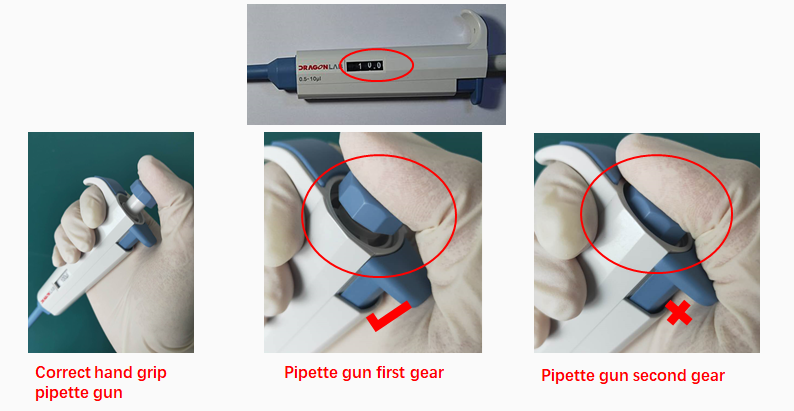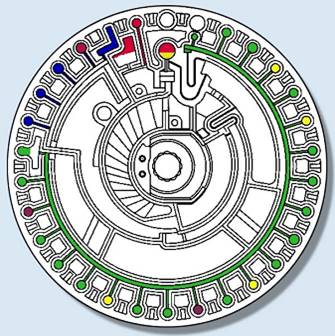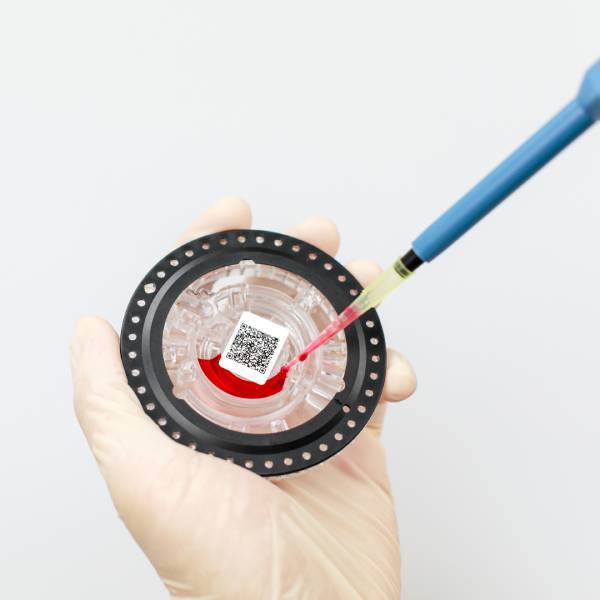
2021-11-09
Portable dry biochemistry analyzers have brought great convenience to medical institutions at all levels. Due to its convenience, it can be operated without the need for a professional laboratory physician. However, the test results can also be unsatisfactory due to misuse and other reasons. Today, let's take a look with Seamaty to see what details we should pay attention to when using the dry biochemistry analyzer and its reagents. Take the Seamaty SD1 automatic dry biochemistry analyzer as an example.

2021-11-08
After adding approximately 100 ul of sample from the spiked well, place the test disc into the instrument's telescoping bin. The telescoping bin transports the test disc to the working position. The biochemistry instrument lifting device (top bar) then clamps the test disc in place. At the same time it pushes the integrated dilution cup in the test dish upwards and tears a small opening for the liquid to spill out (topping off the water cup).

2021-11-08
1)Add a sample volume of 100 μl to the reagent tray, with a permissible sample range of 90-120 μl (it is recommended that a blood volume of at least 250 μl be collected for review).2) The use of lithium heparin anticoagulation tubes is recommended for sample processing.

2021-11-05
Automatic biochemical analyzer new reagents why should be calibrated? This is because in clinical testing, the operator may mix some biochemical analysis reagents with different lot numbers. Although this is convenient and can save costs. But no matter which instrument manufacturer and which reagent. Because of the different batch numbers and dates, there are bound to be differences, thus affecting the test results.

2021-11-04
Microfluidic chip technology is the cornerstone of biochips. It integrates the processes involved in sample pretreatment, biochemical reactions, sorting and detection in the fields of chemistry, biology and medicine into a few square centimeters of chip through multidisciplinary intersection.

2021-11-04
Among the assay measurements for biochemical analysis, enzyme determination is more complex. It requires higher conditions and is more difficult to test. Generally, as long as the determination of enzymes is accurate and reproducible, the determination of other items in fully automatic biochemical analyzers is generally not a problem.